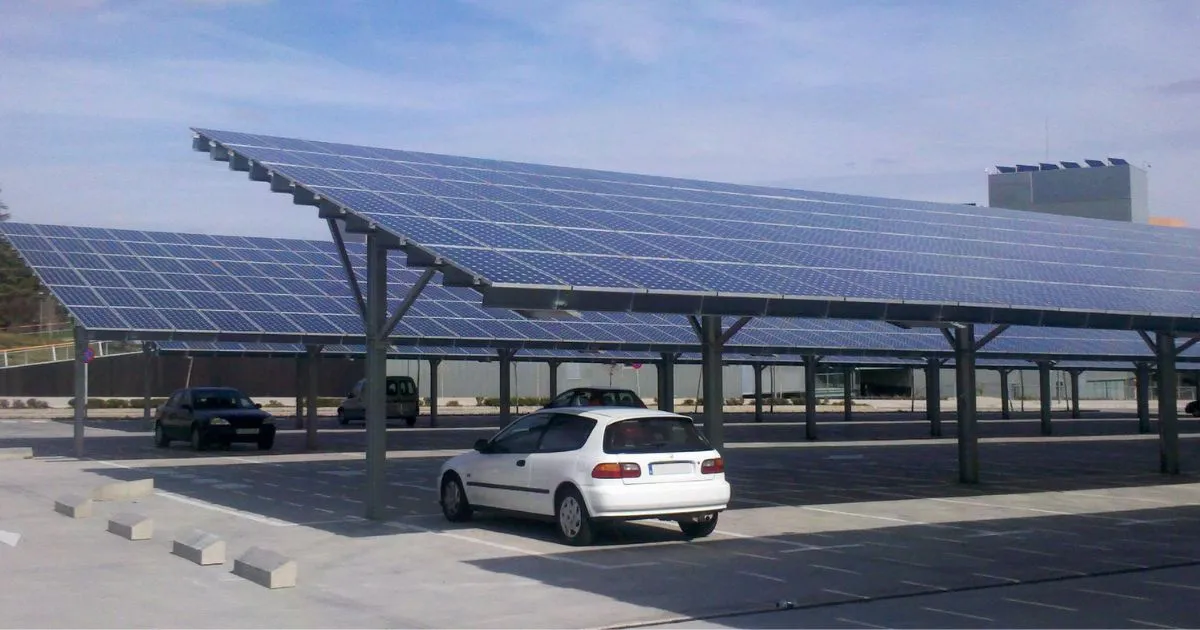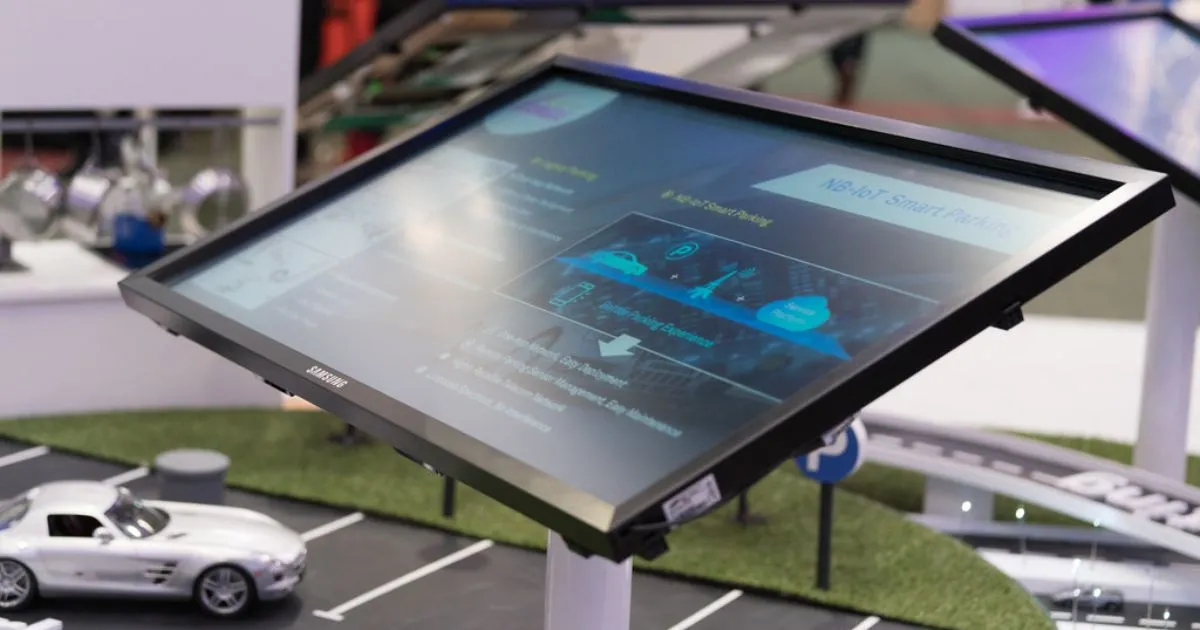Eco-Friendly Parking Solutions: Reducing Your Carbon Footprint
As global awareness of environmental sustainability grows, industries are seeking innovative ways to reduce their carbon footprints—and the parking industry is no exception. From green infrastructure to technology-driven efficiencies, eco-friendly parking solutions are reshaping how we think about parking.
In this blog, we’ll explore practical strategies and technologies that help reduce environmental impact while offering smarter, more efficient parking solutions for drivers and cities alike.

1. Green Parking Infrastructure
One of the most significant trends in eco-friendly parking is the adoption of green infrastructure. These parking facilities are designed to minimize their environmental impact through sustainable materials, energy-efficient systems, and landscaping that reduces urban heat and improves air quality.
Examples include:
- Permeable Pavement: Allows rainwater to seep through, reducing runoff and improving groundwater recharge.
- Solar-Powered Parking Lots: Parking lots equipped with solar panels to generate renewable energy for lighting or electric vehicle (EV) charging stations.
- Green Roofs: Rooftop gardens on parking structures that absorb CO2, lower temperatures, and improve biodiversity.
Cities like Los Angeles and Austin are incorporating these features into new parking developments to align with their sustainability goals.
2. Promoting Electric Vehicles (EVs) with Charging Stations
The rise of electric vehicles is a cornerstone of reducing transportation emissions. Parking facilities that integrate EV charging stations encourage EV adoption and help drivers transition to cleaner energy. The U.S. government aims to install 500,000 public EV chargers by 2030, a crucial step toward reducing national carbon emissions.
Platforms like Parking Cupid help drivers find EV-friendly parking spaces, ensuring convenient access to charging stations while reducing emissions associated with conventional vehicles.
3. Smart Parking Technology
Technology plays a vital role in making parking more sustainable. Smart parking systems use IoT sensors, data analytics, and real-time updates to reduce the time and fuel drivers spend searching for parking spaces. In fact, reducing the time spent circling for parking can cut emissions by up to an estimated 30% in busy urban areas.
Parking Cupid integrates advanced parking solutions that allow drivers to book spaces in advance, minimizing unnecessary driving and contributing to a greener environment.

4. Shared Parking Solutions
Shared parking is another innovative strategy to reduce the environmental impact of parking. By maximizing the use of existing spaces, shared parking reduces the need for constructing new lots, which often require extensive resources and land.
For example, offices can lease their parking spaces to residents during non-business hours. Similarly, homeowners can rent out unused driveways through platforms like Parking Cupid’s private parking marketplace. This approach not only helps the environment but also provides an additional income stream for property owners.
5. Park-and-Ride Systems
Park-and-ride facilities encourage drivers to park their cars outside city centers and use public transportation to reach their destination. This reduces urban traffic congestion and the carbon emissions associated with it.
European cities like Amsterdam and Zurich have embraced park-and-ride systems, offering discounted parking rates for commuters who switch to public transit. In the U.S., cities like San Francisco and Washington, D.C., are expanding these systems as part of their sustainability initiatives.
6. Bicycle Parking and Multi-Modal Facilities
Supporting alternative modes of transportation is key to creating a more sustainable parking ecosystem. Parking facilities that include secure bicycle parking, scooter docks, and pedestrian-friendly designs encourage people to leave their cars behind and opt for greener travel options.
Multi-modal parking hubs near public transit stations integrate these features, making it easier for travelers to switch between transportation methods seamlessly.
7. Encouraging Behavioral Change
Reducing the environmental impact of parking also requires behavioral change among drivers. Simple actions like carpooling, planning routes in advance, and parking in designated eco-friendly facilities can collectively make a significant difference.
By raising awareness and providing incentives—such as discounted rates for EVs or carpools—parking operators can motivate drivers to adopt greener habits.
Conclusion
Eco-friendly parking solutions are not only transforming how we park but also contributing to a more sustainable future. From green infrastructure and EV charging stations to smart technology and shared parking, these innovations help reduce carbon emissions and promote responsible resource use.
At Parking Cupid, we’re proud to support these efforts by connecting drivers with sustainable parking options and empowering property owners to optimize their spaces. Explore our smart parking solutions today and join us in building a greener, more efficient parking ecosystem.





